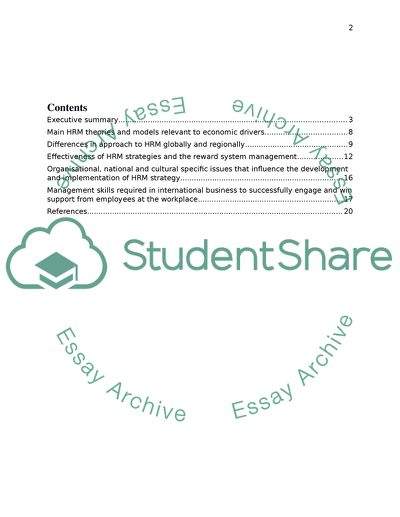Cite this document
(“Evaluating an International Human Resource Strategy (Sarun) Essay”, n.d.)
Retrieved from https://studentshare.org/human-resources/1634877-evaluating-an-international-human-resource-strategy-sarun
Retrieved from https://studentshare.org/human-resources/1634877-evaluating-an-international-human-resource-strategy-sarun
(Evaluating an International Human Resource Strategy (Sarun) Essay)
https://studentshare.org/human-resources/1634877-evaluating-an-international-human-resource-strategy-sarun.
https://studentshare.org/human-resources/1634877-evaluating-an-international-human-resource-strategy-sarun.
“Evaluating an International Human Resource Strategy (Sarun) Essay”, n.d. https://studentshare.org/human-resources/1634877-evaluating-an-international-human-resource-strategy-sarun.


